The 5-1-1 Rule Explained: Signs You Should Head to the Hospital

You’re having contractions. Real ones. And suddenly you freeze, wondering—is it time? Do we grab the hospital bag and go, or is this a false alarm? Even with all the birth classes, apps, and well-meaning advice from everyone who’s ever had a baby, that moment of “should we go NOW?” is genuinely nerve-wracking. You […]
The Best Labor Positions for a Smoother Delivery [According to a Birth Doula]
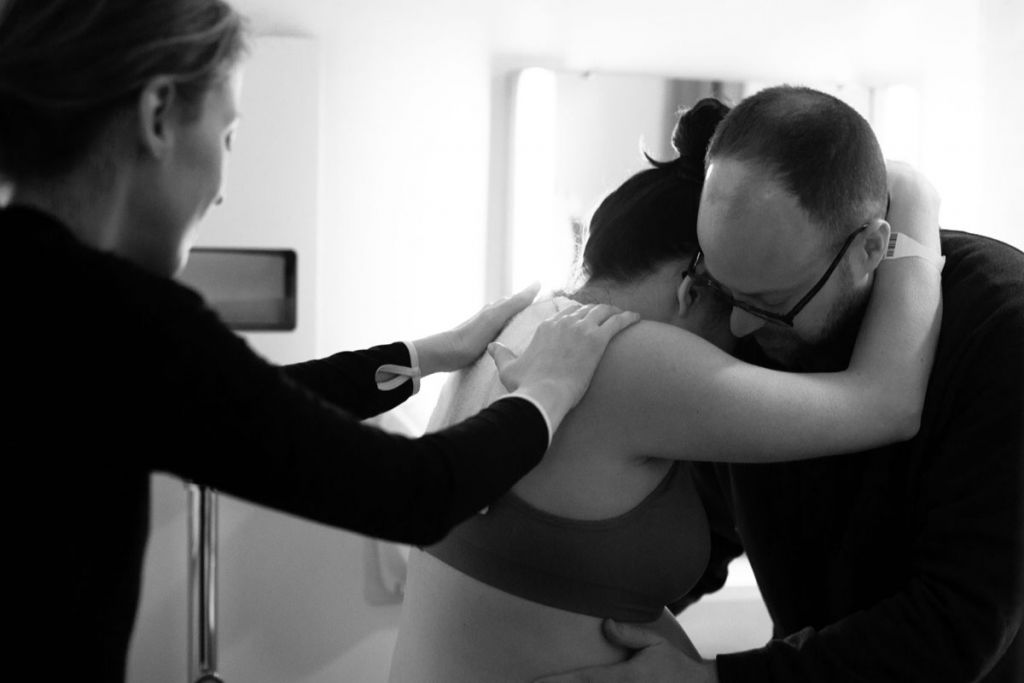
No—lying on your back isn’t your only option for labor. In fact, research shows that women who labor in more upright positions shorten their labor by about 1 hour and 22 minutes and are less likely to have a C-section. Pretty compelling reason to try some new labor positions, right? We think so! And here’s […]
The Ripple Effect of Birth Trauma: Podcast Episode #302
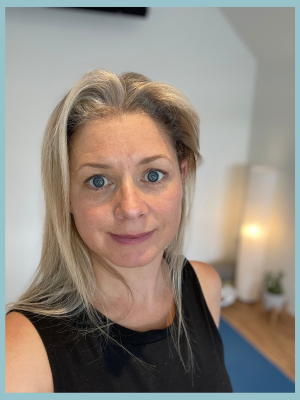
The Unspoken Ripple Effect of Birth Trauma with Sarahjane, CEO of Fit Fanny Adams. Sarahjane is a recognized leader in women’s health, specializing in restoring the pelvic floor at any stage of life. Hello, hello! This is Kristin with Ask the Doulas, and I am thrilled to chat with Sarahjane Watson today. Sarah is the […]
The Truth About Pooping During Labor

It’s one of the most common worries pregnant women have—but almost no one wants to say it out loud: “What if I poop during labor?” Let’s talk about it. Because the truth is, pooping during labor is completely normal, fairly common, and not something to stress over. In fact, experts estimate that about 50% of […]
Finding the Right Provider: Podcast Episode #295
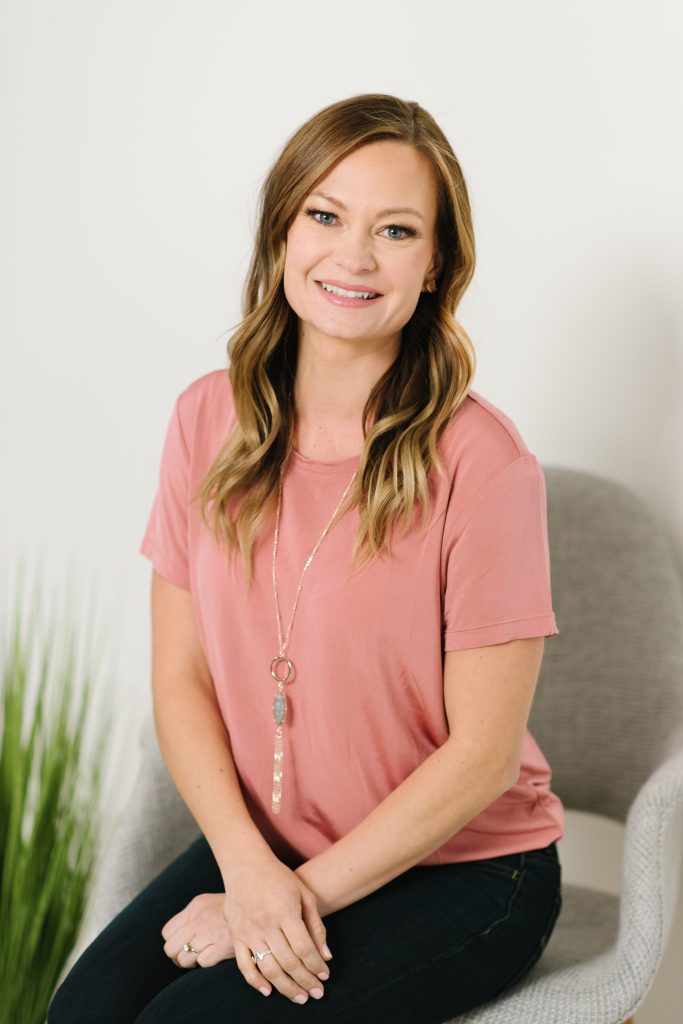
Kristin Revere talks with Stephanie King, CEO of My Essential Birth, about the importance of finding a provider who is on board with your birth preferences on the latest episode of Ask the Doulas. They also discuss what questions help women discover red flags. Hello, hello! This is Kristin Revere with Ask the Doulas, […]
The 5-5-5 Rule: Postpartum Healing

To help freshly postpartum moms adjust and heal, a trending practice is becoming popular again—the 5-5-5 postpartum rule. This method encourages moms to rest and relax during the first 15 days at home with their baby. That means no cleaning sprees, no pressure to “bounce back”, and definitely no playing hostess. Just rest, recover, and […]
The Importance of Sharing Birth Stories: Podcast Episode #291

Kristin Revere and Dr. Elliot Berlin discuss the importance of reading or listening to birth stories and why it is valuable to share or record your own birth stories. Dr. Berlin hosts a narrative podcast on birth stories called “One Way or a Mother” as well as the “Informed Pregnancy Podcast”. Hello! This is […]
Everything You Need To Know About Second Night Syndrome
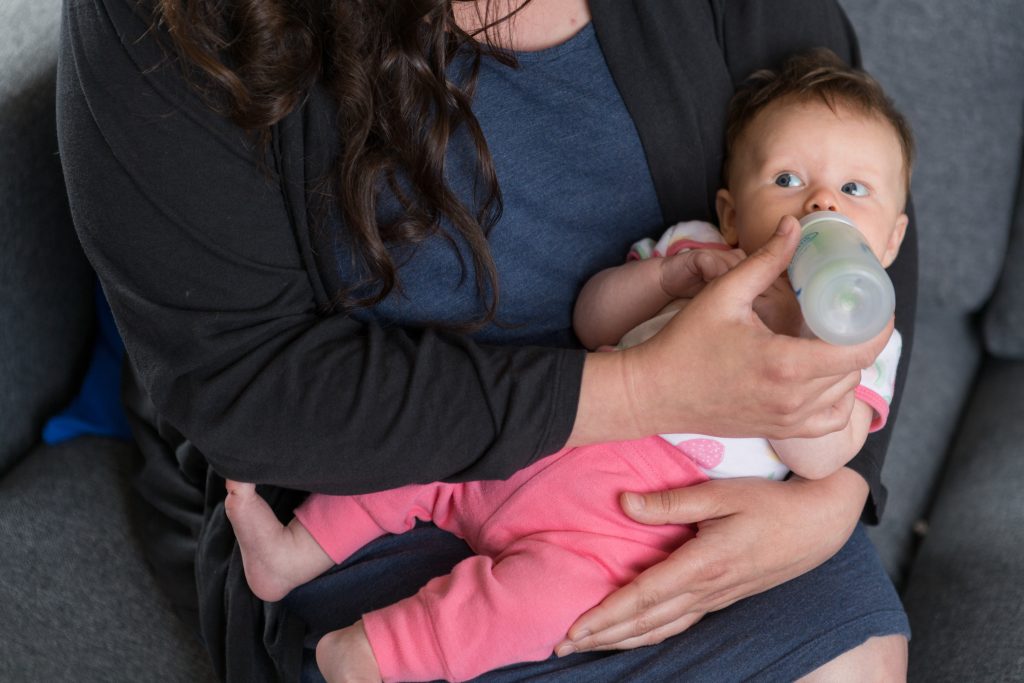
No, it’s not just you—baby is definitely doing a complete 180 from their first day of life. In fact, almost all newborns go through it too. This is what experts call the “second night syndrome”. It’s a completely normal and common milestone where newborns become more alert, fussy, and demanding during their second day of […]
Birth Doula vs Midwife: Here’s What Each Does

Assembling your team for pregnancy and birth is probably one of the most important things you can do when expecting. The two most common (and essential!) team players you’ll hear tons about are birth doulas and midwives. Both professionals work very closely with pregnant women, providing care, support, and guidance throughout pregnancy, birth, and the […]
Map Out Your Birth with a Doula-Approved Birth Plan Checklist
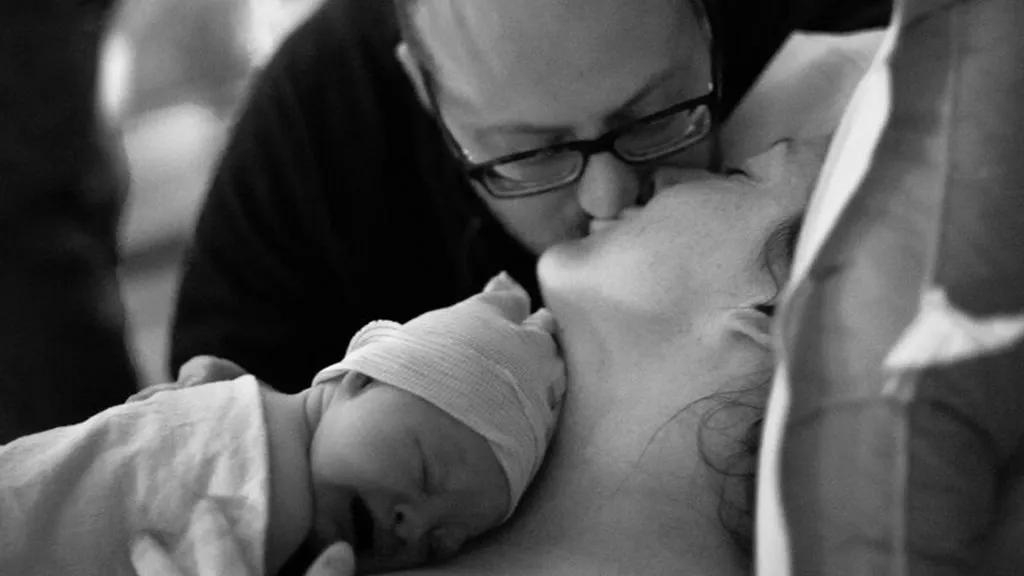
Alright, here’s the truth—creating a birth plan isn’t about controlling every little thing. It’s more about preparing yourself and your birth team for what matters most to you. And making a birth plan checklist gives you a chance to think through your preferences and make sure everyone is on the same page. It also gives […]
One Way or a Mother: Podcast Episode #285
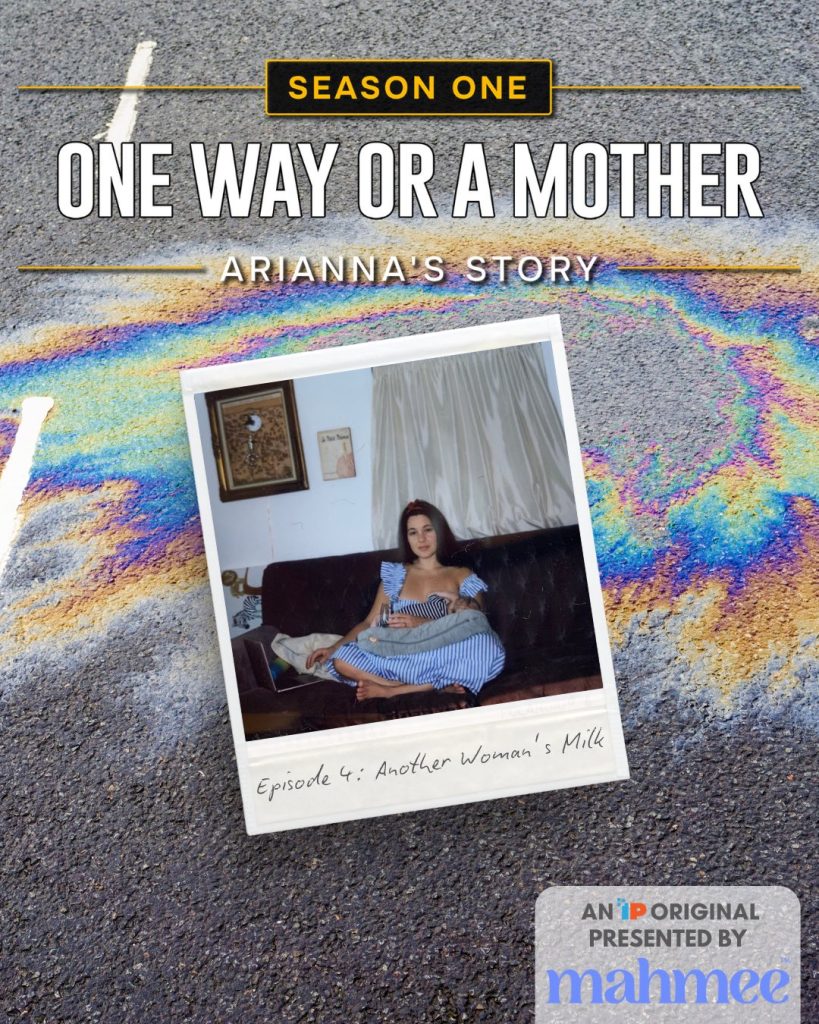
Ask the Doulas is proud to present One Way or a Mother to our listeners. One Way or a Mother is a brand new long-form narrative podcast from Dr. Elliot Berlin, DC, host of The popular Informed Pregnancy Podcast. Each ten-episode season follows one pregnancy and all the decisions, emotions, preparations, and history that goes […]
NICU 101 with Mary Farrelly of The NICU Translator: Podcast Episode #278
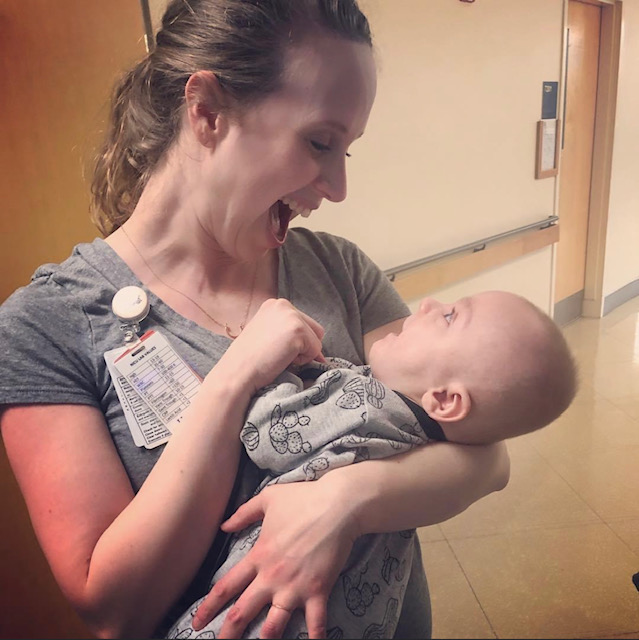
Kristin Revere talks with Mary Farrelly, CEO of The NICU Translator. Mary gives expert advice on navigating the NICU. \ Hello, hello! This is Kristin Revere with Ask the Doulas, and I am thrilled to chat with Mary Farrelly. She is the owner at The NICU Translator, and our topic is all about NICU 101, […]
Baby Sleep Tips for Exhausted Parents [From an Overnight Doula]
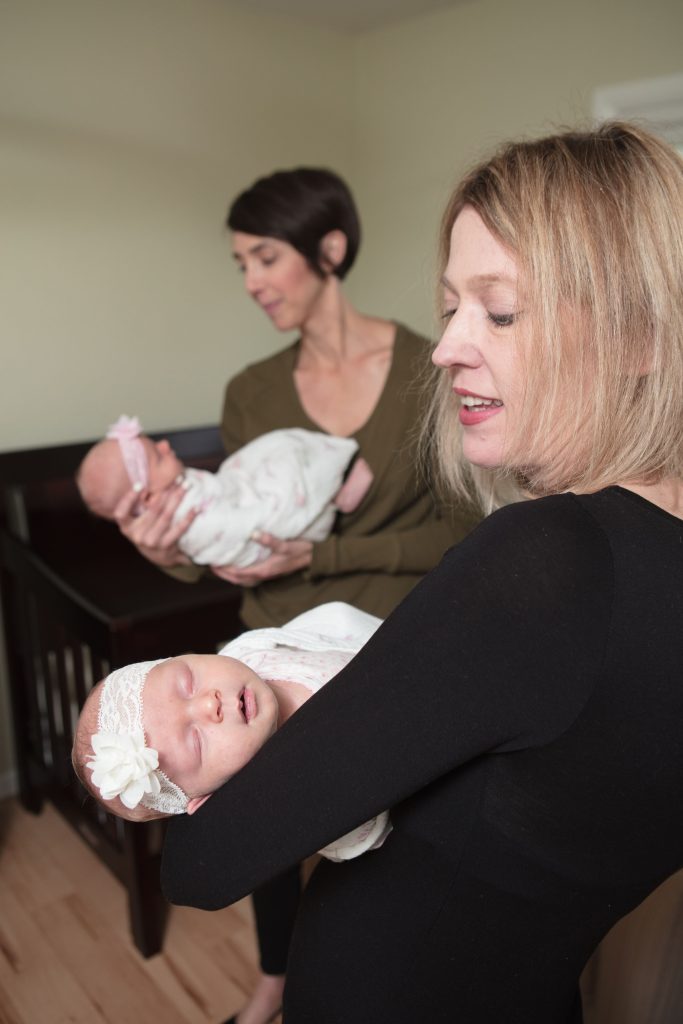
The average parent loses 133 nights of sleep before their baby turns one. No wonder you’re exhausted. And while sleepless nights are often part of the parenting journey, it doesn’t mean you have to just power through with no direction. Here’s something you might not know: overnight doulas are filled with valuable insights on how […]
All About Epidurals: Podcast Episode #270

Kristin Revere and Suzzie Vehrs discuss epidurals as an option in your birth toolbox in the latest episode of Ask the Doulas. Suzzie is a birth doula and childbirth educator with She Births Bravely. Hello, hello! This is Kristin Revere with Ask the Doulas, and I am thrilled to chat with Suzzie Vehrs today. Suzzie […]
Why I Decided To Hire A Doula
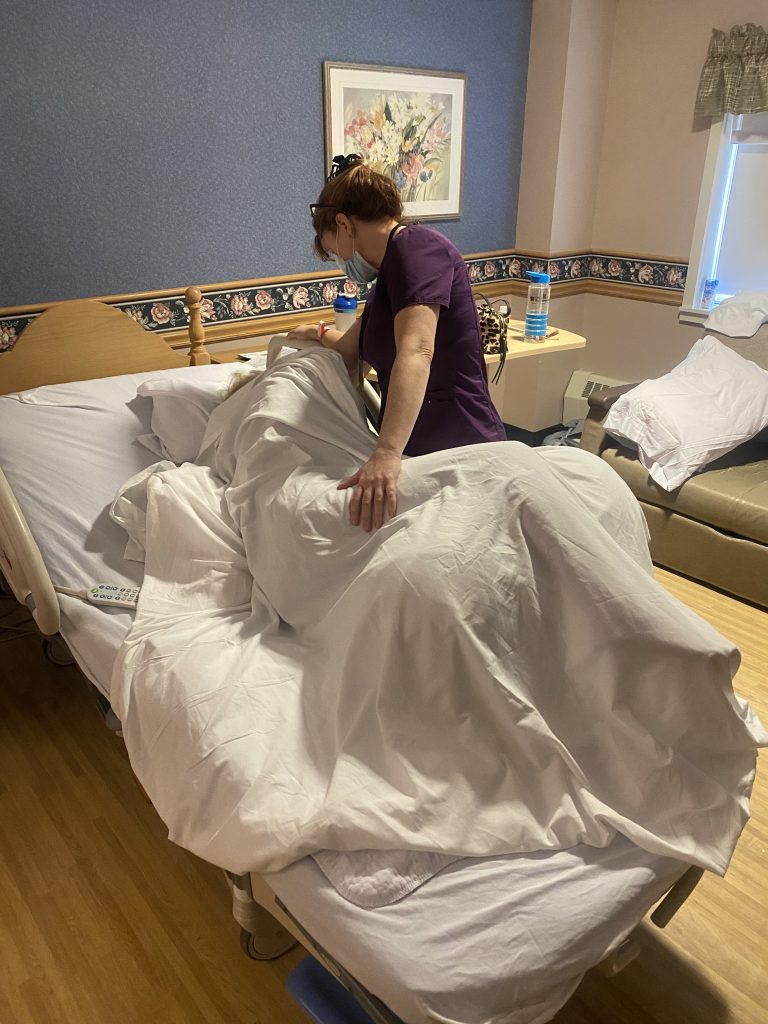
Written by Garrett Wood Kusmierz, CEO and founder of kozēkozē, a perinatal products company on a mission to reduce the mess and stress of motherhood so that moms can better bond with their babies. I want to start by saying that my situation is a little unique—not only did my doula find me but, in […]
All About Vaginal Birth After Cesarean: Podcast Episode #262
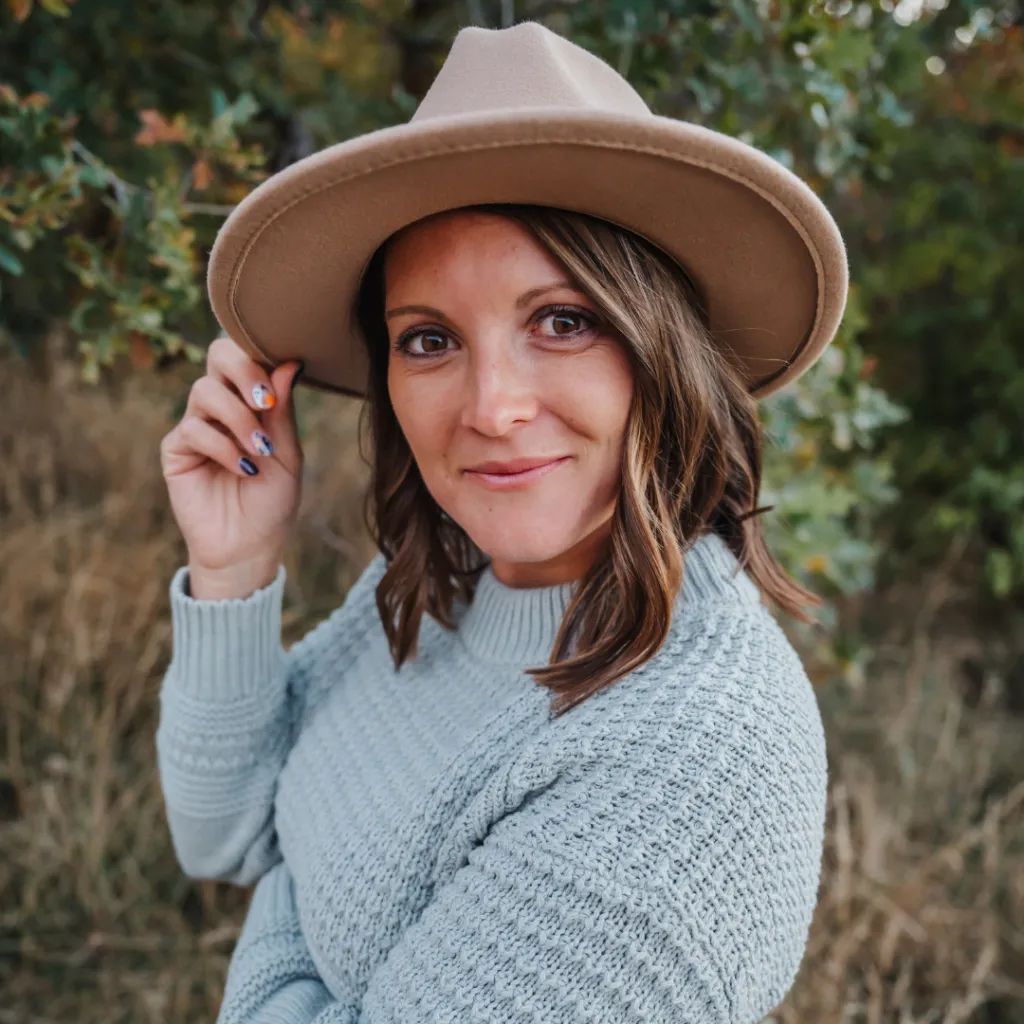
Kristin Revere and Meagan Heaton discuss VBAC preparation for families and tips for doulas supporting VBACs in this informative episode of Ask the Doulas. Meagan is the CEO of VBAC Link. Hello, hello. This is Kristin Revere with Ask the Doulas, and I am thrilled to chat with my new friend Meagan Heaton. Our topic […]
Preparing for Your Hospital Birth: Podcast Episode #253

Anna Rodney shares hospital birth prep tips with Kristin Revere in the latest episode of Ask the Doulas. Anna is the founder of Birth and Baby University. Gold Coast Doulas is an affiliate for the online Birth and Baby University class, Preparing for Your Hospital Birth. Hello, hello! This is Kristin with Ask the Doulas, […]
How to Build Your Birth and Postpartum Support Team
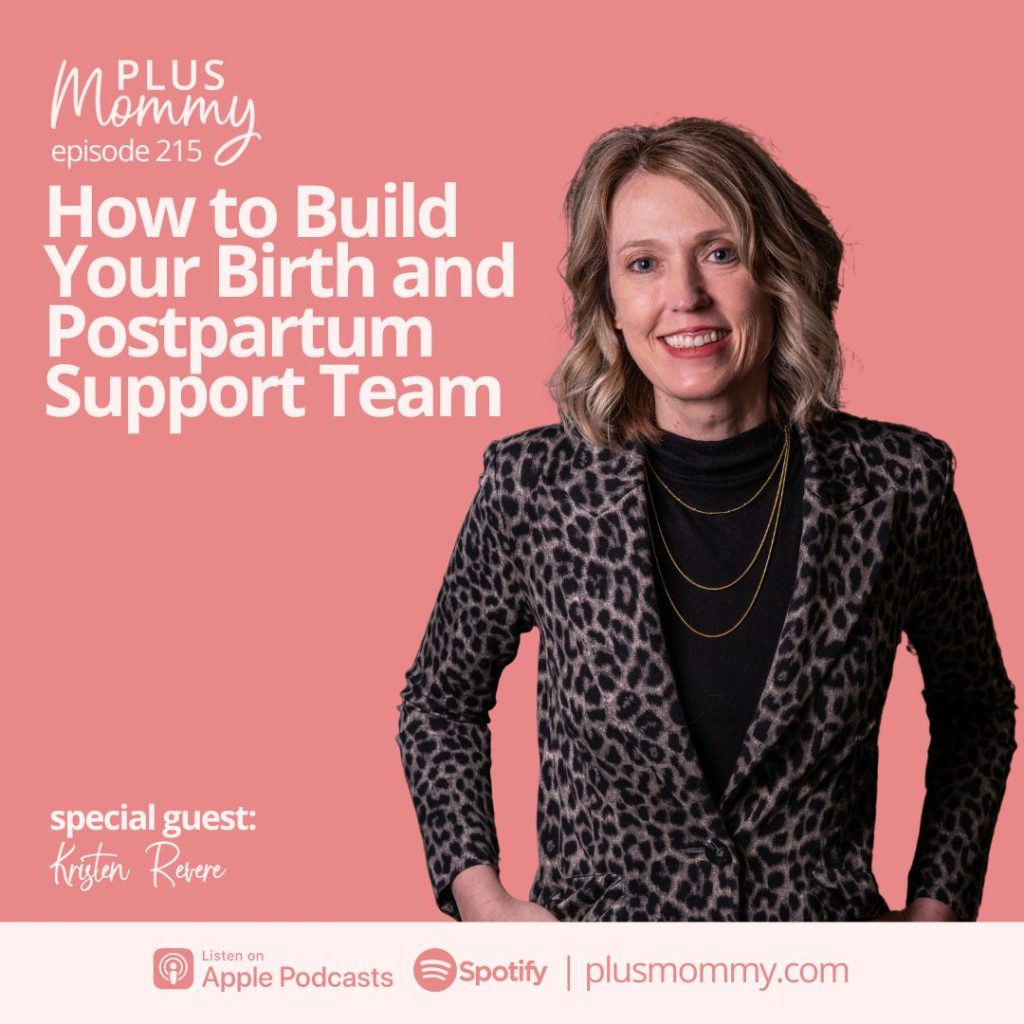
Kristin Revere was a guest on the Plus Mommy podcast to talk about setting yourself up for success by creating a strong support team for birth and postpartum. Listen to the podcast here. A strong support team can significantly impact your overall experience and well-being, from physical and emotional support to guidance through the complexities […]
How to Prepare for Birth and Postpartum with Kristin Revere
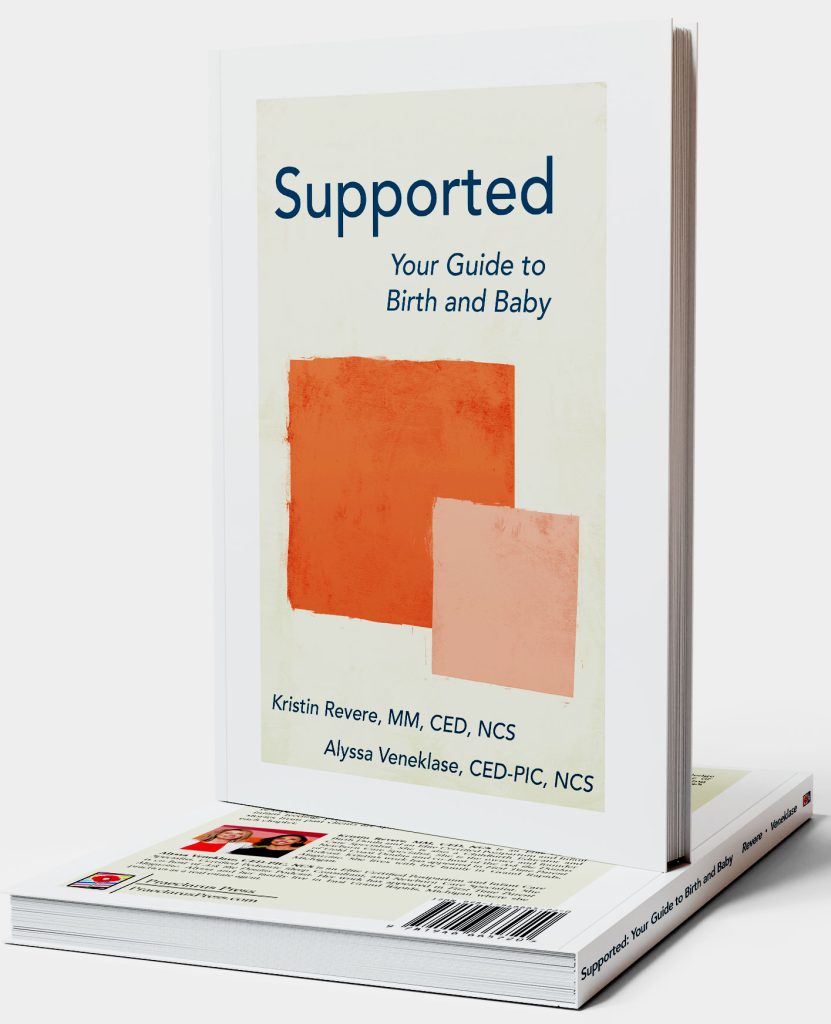
Kristin Revere spoke about the new book Supported as a guest on the kozekoze podcast with Garrett Kusmierz. Here’s their conversation. Listen to the podcast! Welcome back to the kozekoze podcast, and happy Mother’s Day! Wow, what a day. This is my fourth Mother’s Day, which sounds really crazy. I cannot believe I have a […]
4th Trimester Preparation: Podcast Episode #234
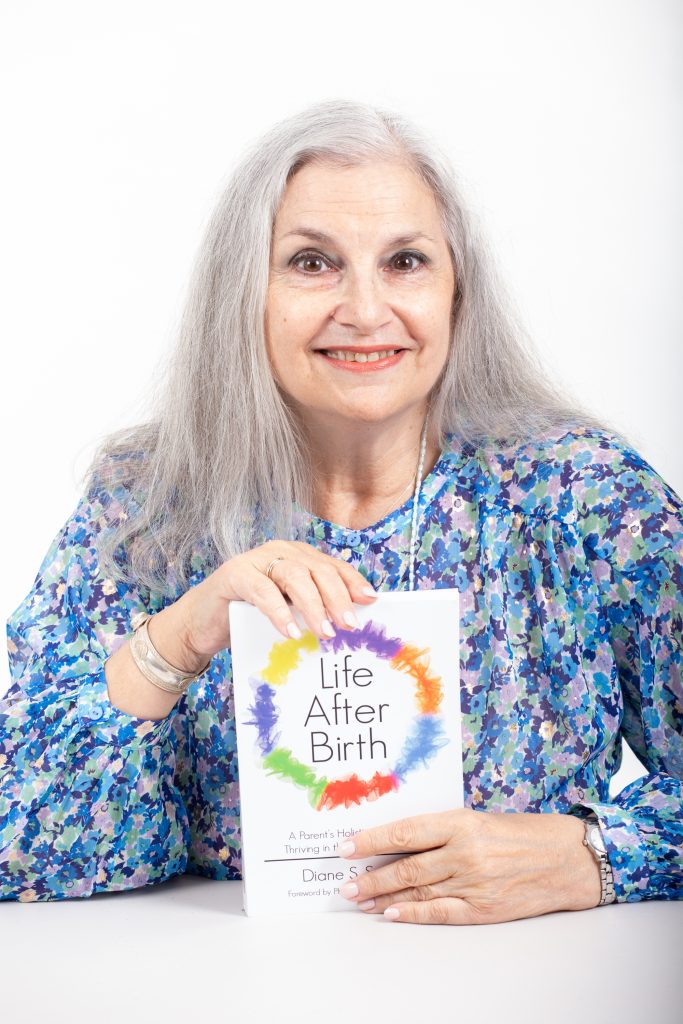
Kristin Revere and Dr. Diane Speier chat about how to best plan and prep for the postnatal phase. They discuss everything from communication to support options in this informative episode. Dr. Speier is also the creator of the Digital Doula 2.0 app. Hello, hello! This is Kristin Revere with Ask the Doulas, and I am […]
The Benefits of HypnoBirthing with Fear and Now Documentary Director Liat Ron: Podcast Episode #230

Kristin chats about the Fear and Now Documentary with Liat Ron, producer and director. Kristin and Liat discuss how HypnoBirthing impacted her second birth and why she decided to create a documentary about her experience along with the experiences of other families captured in the film. Hello, hello! This is Kristin with Ask the Doulas, […]
5 Things to Know About Surrogacy – Guest Blog by Jessie Jaskulsky
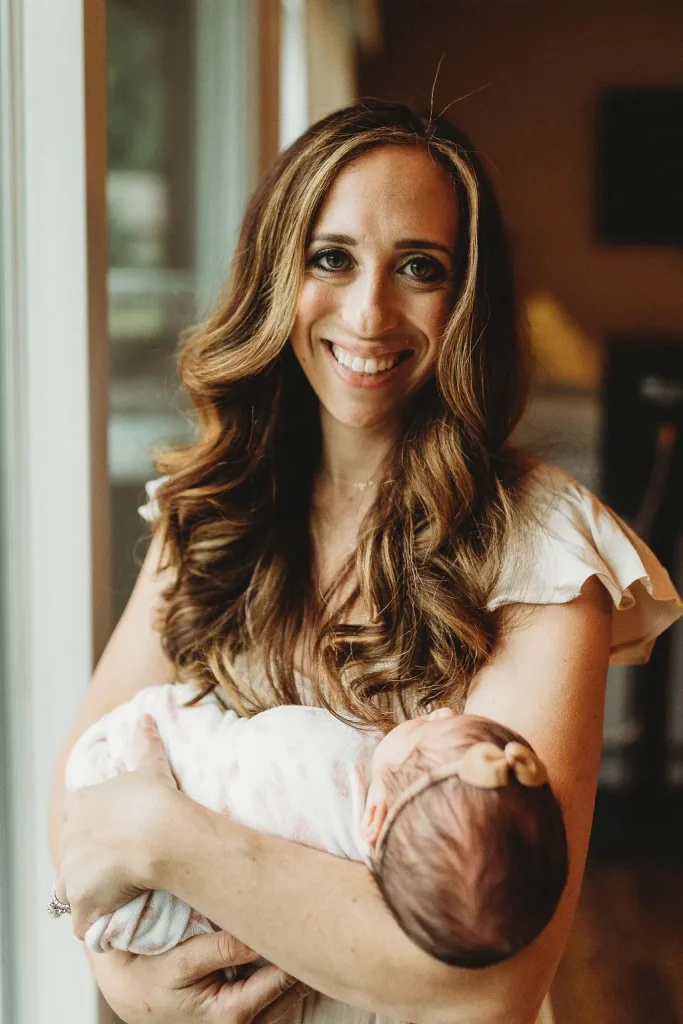
Gold Coast Doulas asked Jessie Jaskulsky to guest blog on the topic of Surrogacy since March is Surrogacy Awareness Month. Jessie is the mom of Lily and Luna. It is through her first-hand experience with surrogacy that she is passionate about simplifying the process for others. Having gone through this beautiful but wildly complicated process […]
The Role of a Nurse Midwife: Podcast Episode #227

Kristin Revere and Kristin Mallon discuss how certified nurse-midwives support women in all stages of life. They also chat about how Kristin Mallon transitioned to supporting menopause and feminine longevity when she co-created FemGevity. Hello, hello! This is Kristin Revere with Ask the Doulas, and I am so excited to chat with Kristin Mallon […]
Did you forget something?

Gold Coast Doulas asked Heidi McDowell to guest blog on the topic of preparing your body for childbirth. Heidi is a yoga teacher at Mind, Body, Baby, a doula, a wife, and most importantly, a mama. Her goal is to create a community space for you that feels safe, supportive, and empowering. She holds certifications […]


